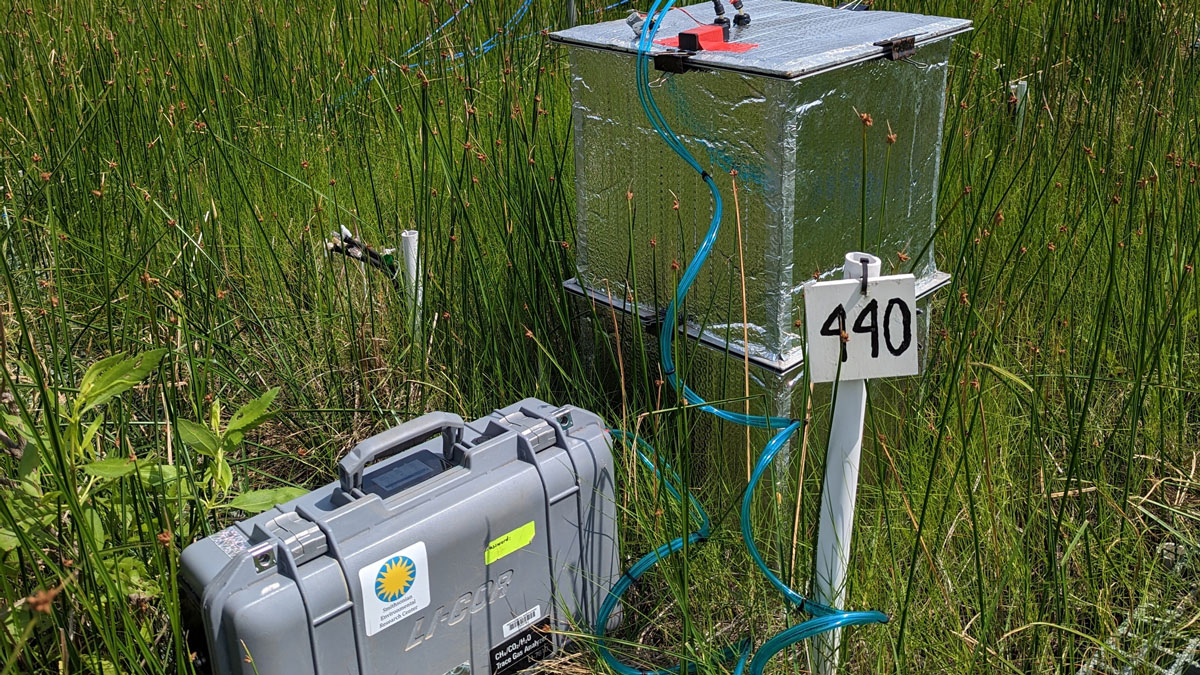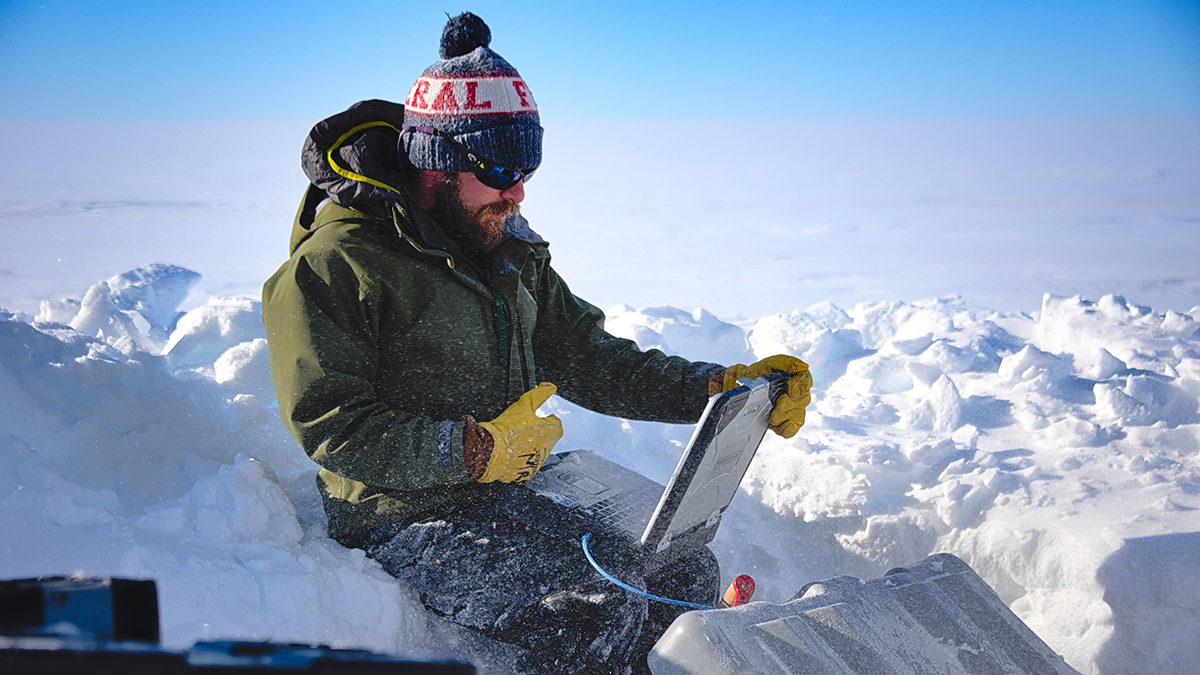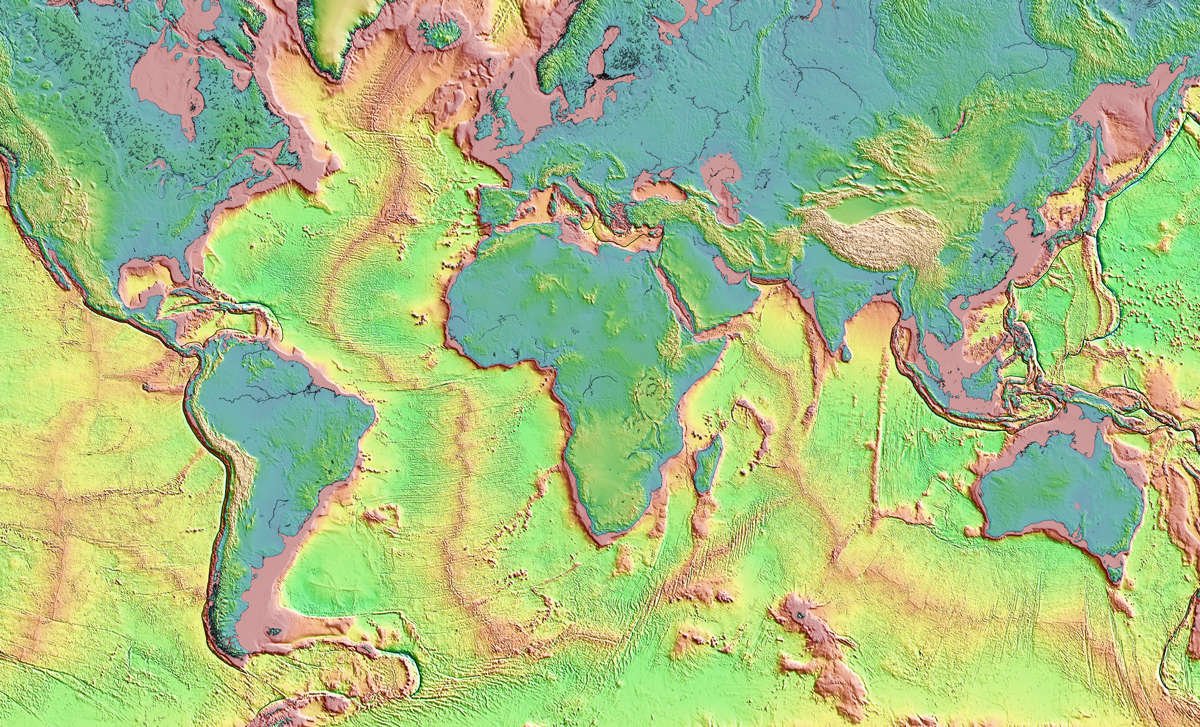Models will always have bugs. How do scientists decide which ones are most important and how many is too many?
apps & software
A New App Tracks Burrowing Animals That Weaken Levees
Researchers are calling on amateur scientists to help protect flood barriers in their communities.
New Software Package Helps Scientists Find Flux
An easy-to-use R package offers a more efficient way to sort through and analyze data about greenhouse gas levels collected in static chamber experiments.
Democratizing Science in the Cloud
CryoCloud opens scientific research and education to a broader range of cryosphere researchers with a cloud-based interactive computing environment, training, and community support.
U.S. Earthquake Early Warning System Gets a Major Upgrade
Satellite capabilities will improve the accuracy of ShakeAlert earthquake magnitude measurements.
Snapping Science in the Field
Snapchat, the multimedia messaging app, offers a range of features that make it an unexpectedly useful tool for geoscientists on the go.
Un enfoque holístico de los datos hidroeléctricos
Una nueva plataforma en línea ofrece extensos datos y herramientas sobre los recursos hidroeléctricos de EE. UU., lo que permite tomar decisiones basadas en datos en el nexo energía-agua.
AI Could Reshape Climate Communication
If we can overcome its pitfalls, AI holds promise for improving trust in climate science and activating a largely disengaged public, with meaningful consequences for health and well-being globally.
A New, Underground Atlas of Subduction Zones
Submap merges graphic design with geodynamics, providing a fast, free, and user-friendly resource to map subduction zones.
A Holistic Approach to Hydropower Data
A new online platform offers comprehensive data and tools about U.S. hydropower assets, enabling data-driven decisionmaking at the energy–water nexus.










